Recently, events design has taken a holistic look at the total event package from the idea stage to the final execution moments, bringing to bear all that the designer had always dreamt about.
Event design is pretty much a creative process that encapsulates the journey of getting an event from the storyboard to reality. Many event professionals limit the design of events to decoration and the tidy arrangement of glasses and centerpieces, as well as the aesthetic design of the venue.
So, in this exclusive article, we will now explore the fundamental elements of designing an event.
First of all,
What is event design?
In very simple words, let me define event design as “the process of innovatively connecting the three basic factors of the people, the purpose, and the place of an event together to derive a holistic, unforgettable experience.”
Experience has shown me that every kind of event, be it a conference, festival, workshop, ceremony of any type, music concert, and so on, revolves around what I call the 3 Ps, namely, the people (attendee, participant, or guest). The purpose (the event theme, event objectives, aim, or goal) and the place (the location or venue)
These three factors remain the basic elements within the purview of the event planner, manager, or designer. In other words, they are the essential ingredients on which all other innovative inputs will be built.
Let’s examine these 3Ps in detail
The People (attendee, audience) in event design
The question is, can you go ahead with designing an event without considering, in any way, the people you will be hosting? What is the total experience meant for? Of course, it is not for the chairs or the forewalls of the venue; rather, it is for the people, the attendees, and the participants, whatever name is befitting for them. In business, it is said that the customer is king; in religion, the congregants are key; and in music, the audiences or fans are key. How about the event manager and the event planner?
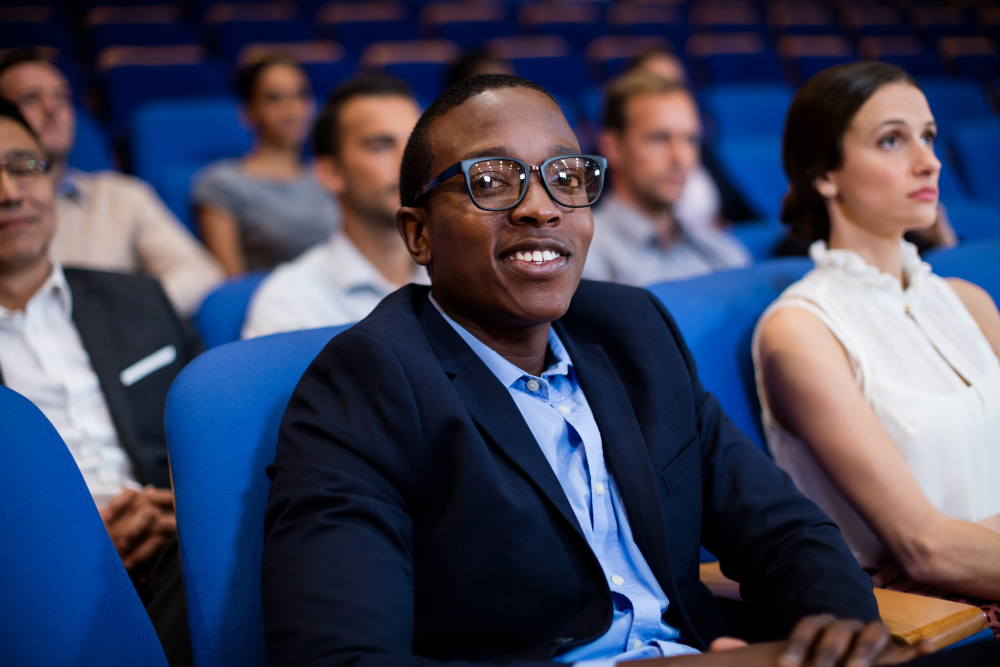
Let me share these amazing stats with you: According to bizzabo.com about 95% of markets say that in-person events help achieve business goals. In addition, 72% of event planners believe that live events are an essential component of their marketing strategy. This implies that people are a fundamental element to consider when designing an event.
The most interesting part of this is that the satisfaction and engagement of the participants become the main priorities when they are placed at the forefront. Understanding their needs and customizing the event to fit those needs contributes to a unique and memorable collaboration.
The purpose (The why of the event) in event design
The purpose of the event is another fundamental element to be considered seriously in the design of an event. Event managers don’t want to joke about this.
Why is the event being organized in the first place? It is always said that “if the purpose of a thing is unknown, abuse is inevitable.” It determines almost every other process involved in the event’s design.
The why, or the event’s aims and objectives, is the road map for the event manager; it determines the what, where, and how of the events. It is the focus with which the progress or success of the event will be measured. Most importantly, the purpose, aims, and event objective are a common place where the expectations of the attendees and those of the event organizers are harmonized.
Consequently, when the purposes of the event are underestimated, the design loses direction and ultimately, the event is headed for the rocks.
The Place (location, Venue) in event design
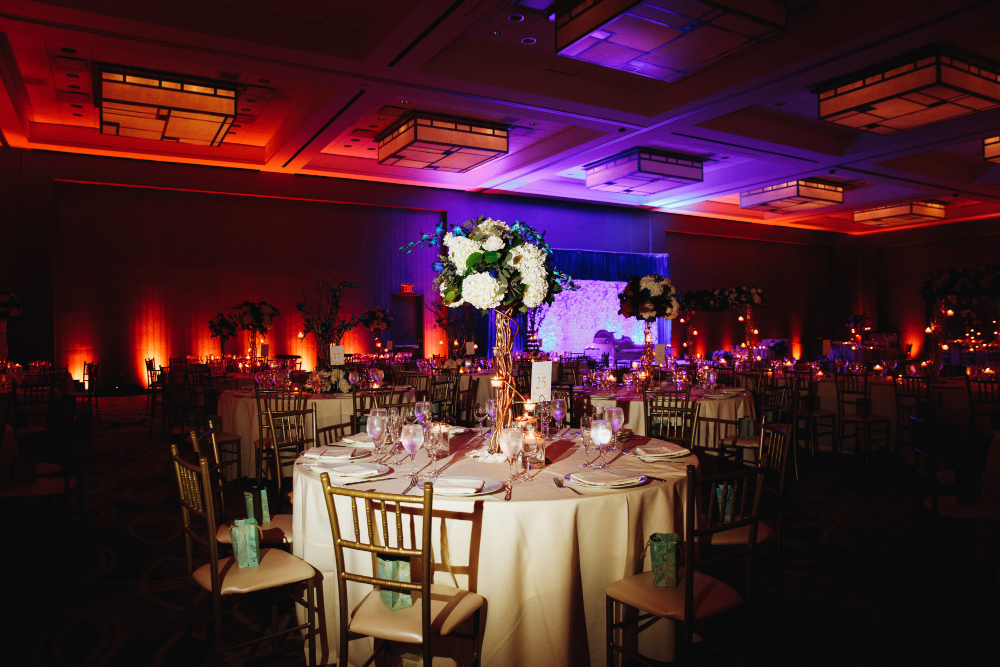
This is another fascinating fundamental element in the design of an event. The choice of an event venue can make a lot of difference in the design. The venue you provide for the event can send a lot of signals that the attendees may perceive to be positive or unfavourable.
However, in the choice of the venue, several factors, in addition to the kind of attendees you are expecting and the objectives of the event, will have to be considered.
The place must fit into the plan and design of the event, such that when all other elements come into play, processes and sequences will go seamlessly. For instance, if you are designing a music concert event, you will not likely go for just any location; you will go for a place with good acoustic facilities, green spaces, or holding rooms or lounges, among other things.
Overall, if the fundamental elements of designing an event—that is, the people, the purpose, and the place—are innovatively connected, the success of that event is assured of nothing but success.

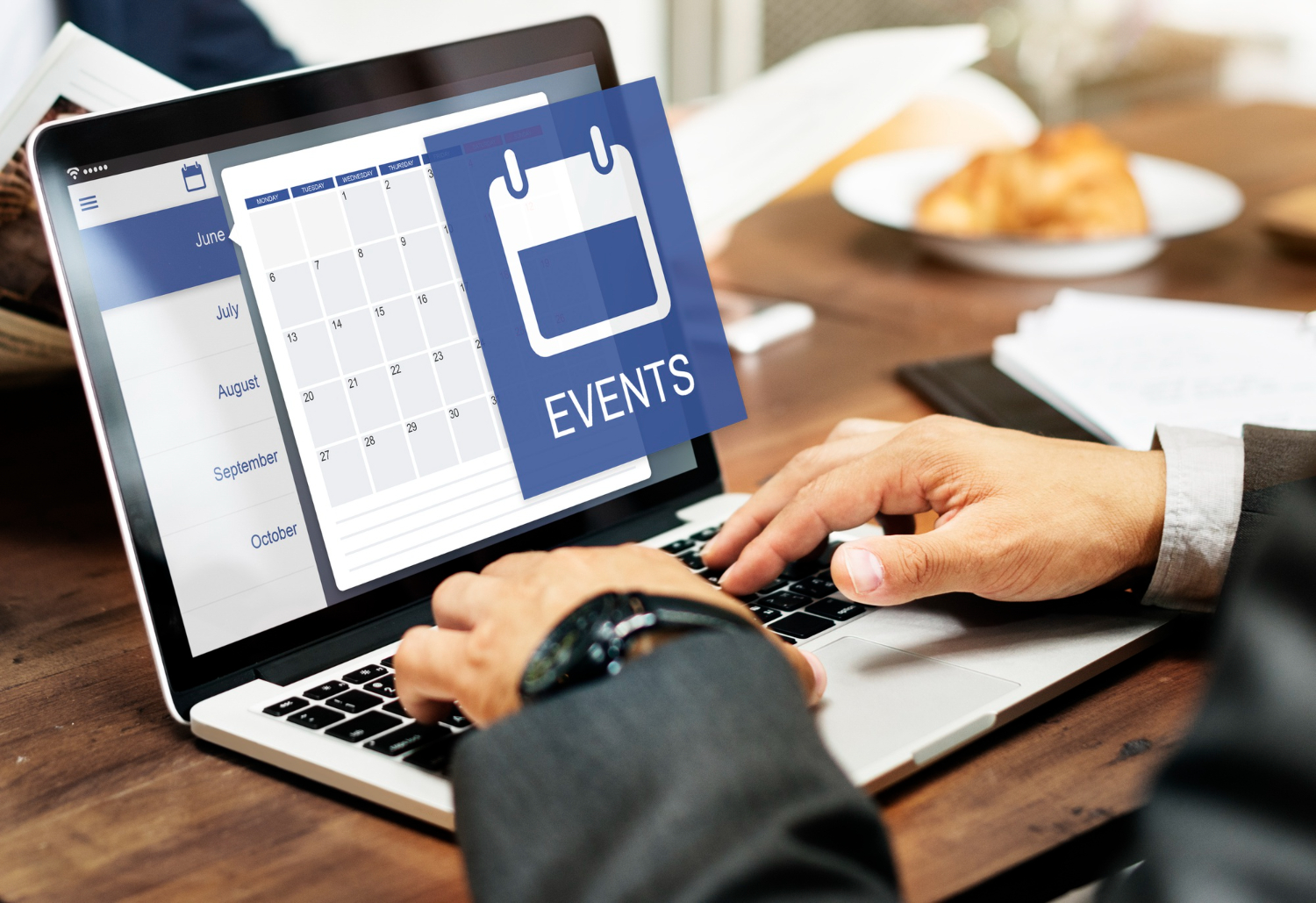
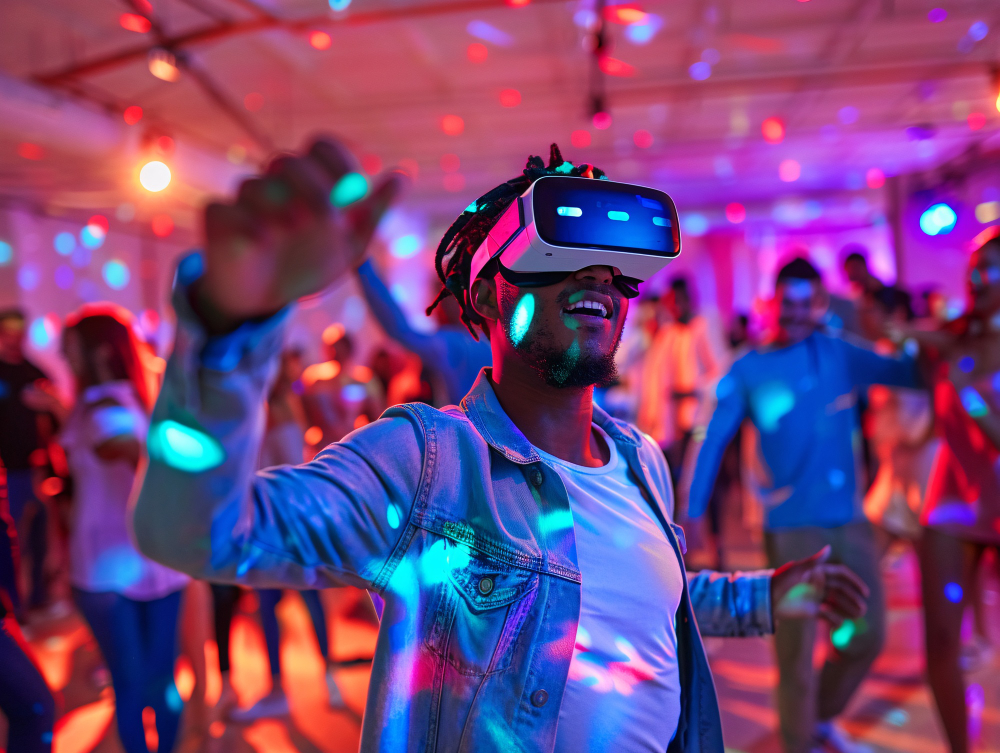
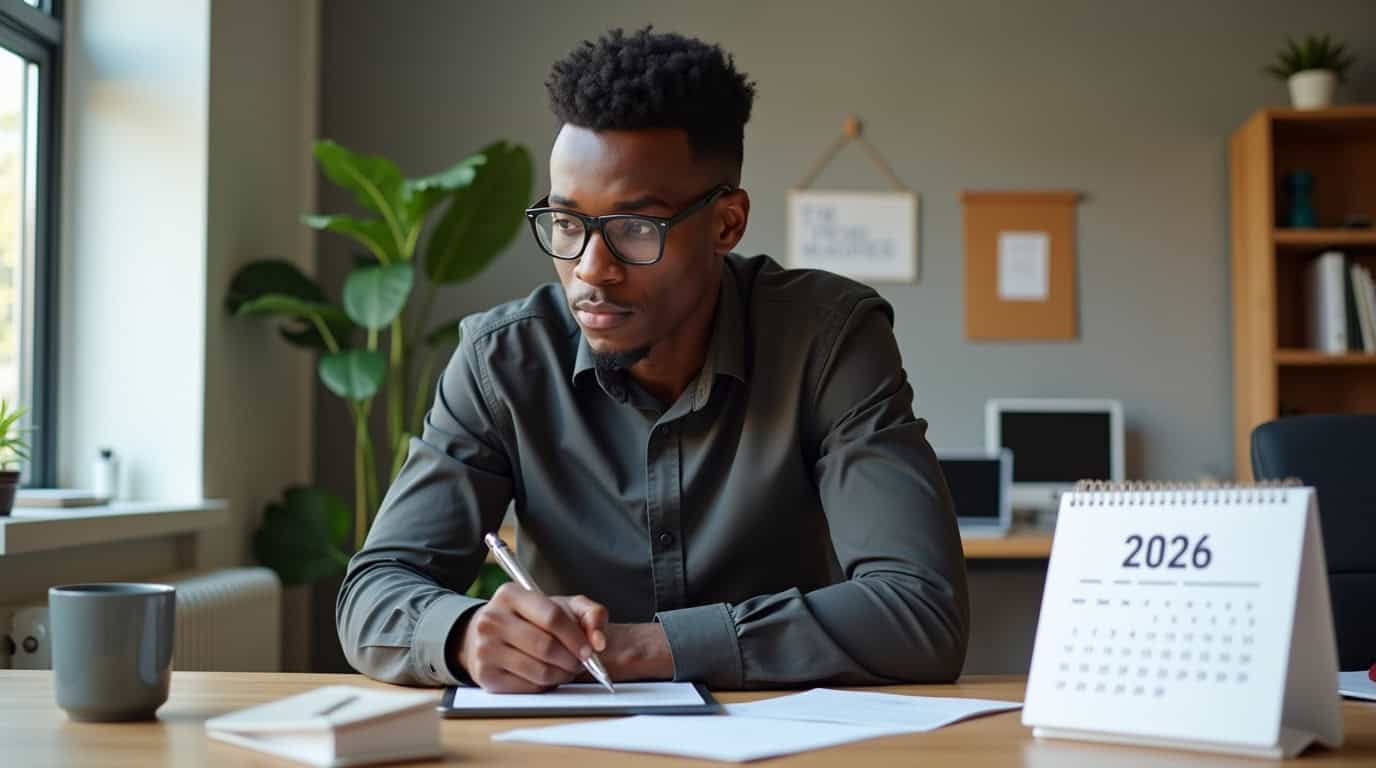



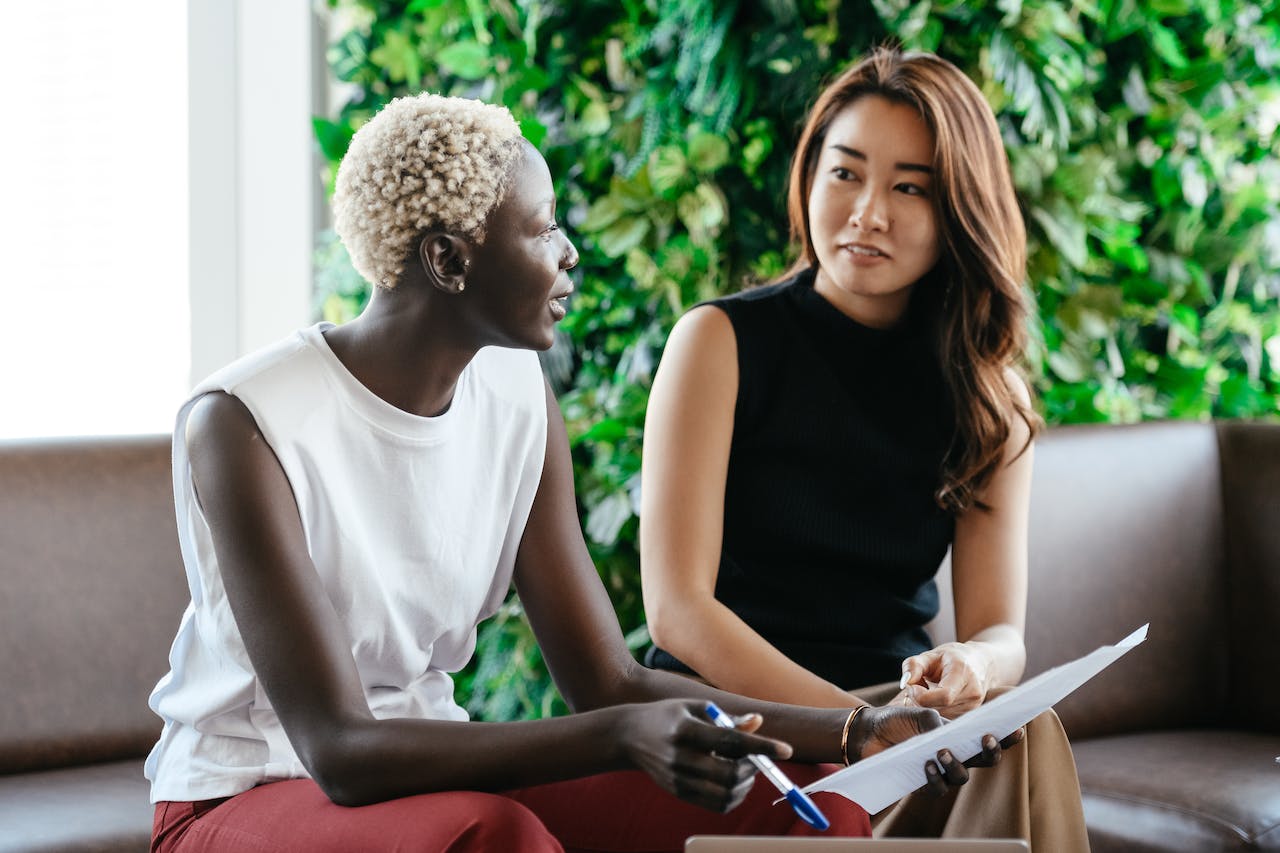
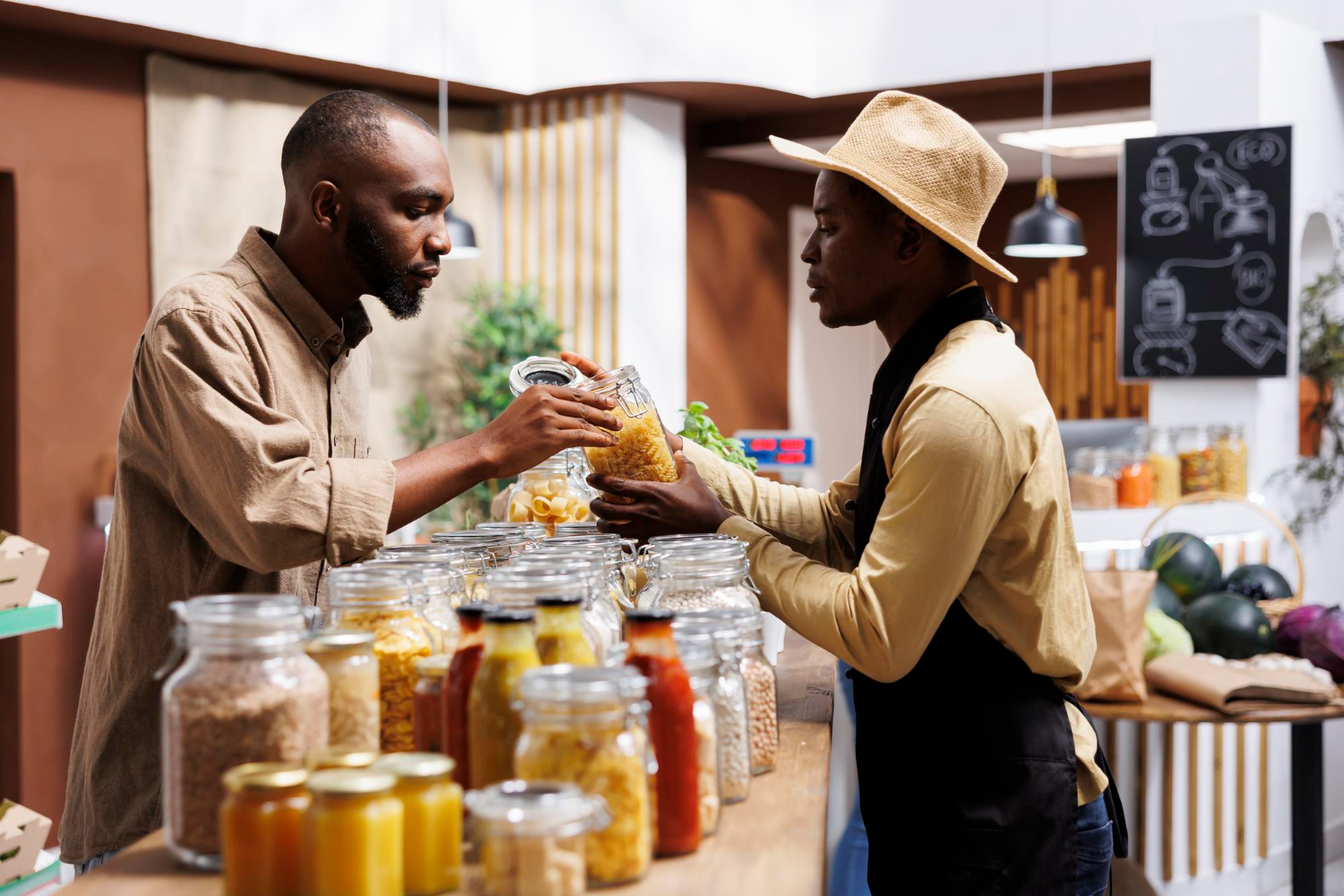



3 Comments
[…] Here are 3 astounding elements of Event Design that you should know now […]
[…] and increase engagement among event attendees. Event themes draw participants into a thoughtfully designed setting, appealing to their feelings and emotions while strengthening their connection to the event’s […]
[…] underlying reason for applying the design principle is to help offer a better attendee experience. There are a few interesting design principles that […]